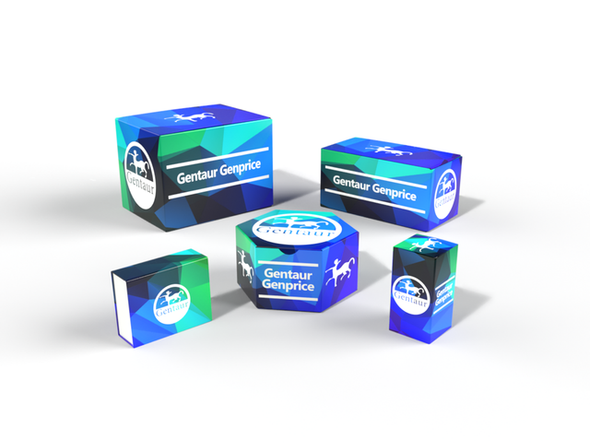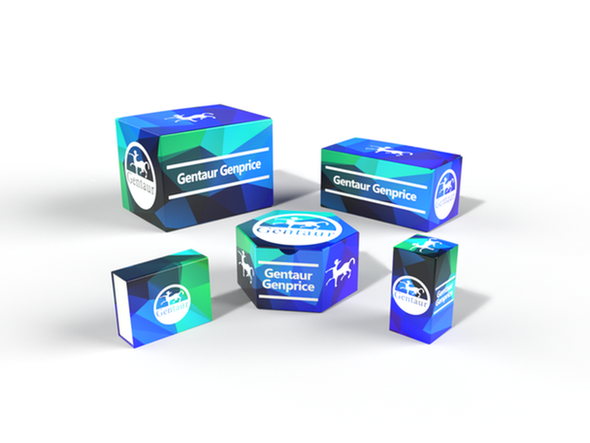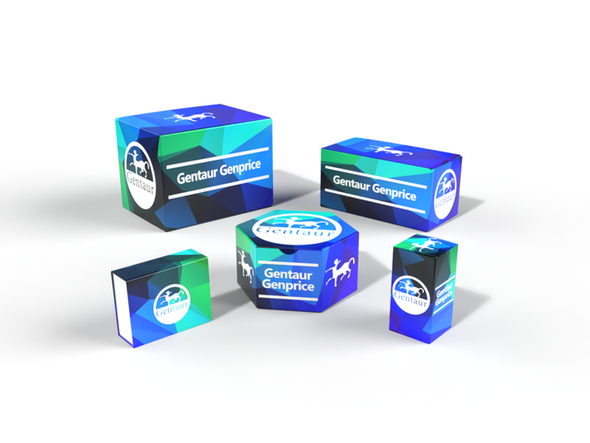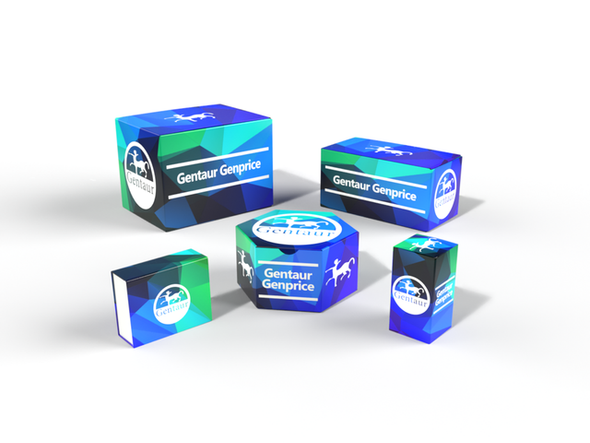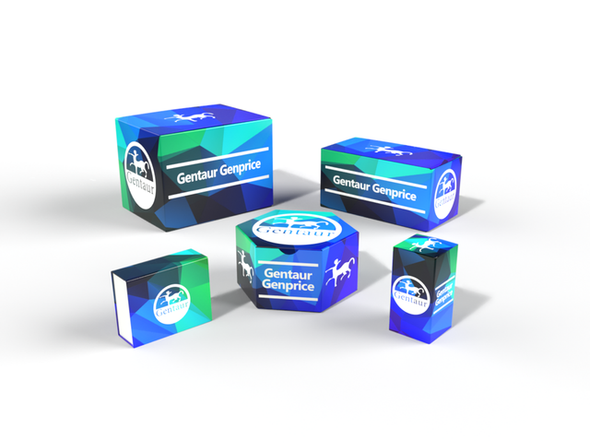740
Goat Transforming growth factor β1 (TGF-β1) ELISA Kit | AE17222GO
- SKU:
- 740-AE17222GO
- Availability:
- Usually ships in 5 working days
Description
Goat Transforming growth factor β1 (TGF-β1) ELISA Kit | AE17222GO | Gentaur UK, US & Europe Distribution
Species Reactivity: Goat (Capra hircus; Caprine)
Abbreviation: TGF-β1
Alternative Name: CED; DPD1; LAP; TGFB; TGFbeta; TGF-beta 1 protein|latency-associated peptide
Application: ELISA
Range: Request Information
Sensitivity: Request Information
Intra-Assay: ≤6.9%
Inter-Assay: ≤10.3%
Recovery: 1, 06
Sample Type: Serum, Plasma, Other biological fluids
Detection Method: Sandwich
Analysis Method : Quantitive
Test Principale: This assay employs a two-site sandwich ELISA to quantitate TGF-β1 in samples. An antibody specific for TGF-β1 has been pre-coated onto a microplate. Standards and samples are pipetted into the wells and anyTGF-β1 present is bound by the immobilized antibody. After removing any unbound substances, a biotin-conjugated antibody specific for TGF-β1 is added to the wells. After washing, Streptavidin conjugated Horseradish Peroxidase (HRP) is added to the wells. Following a wash to remove any unbound avidin-enzyme reagent, a substrate solution is added to the wells and color develops in proportion to the amount of TGF-β1 bound in the initial step. The color development is stopped and the intensity of the color is measured.
Product Overview: TGF-β is capable of producing a variety of effects and virtually all cell types respond to this factor in some way. The inappropriate presence of active TGF-β1 has been implicated in a variety of pathological conditions Because of the necessity for regulating its activity tightly, TGF-β is secreted by cells in the form of an inactive complex. This complex consists of TGF-β1 associated non-covalently with a protein designated the latency associated peptide (LAP) . TGF-β1 and LAP represent components of a pro-peptide that is cleaved in a post-golgi compartment prior to secretion. LAP and TGF-β1 each consist of a disulfide-linked homodimer and the association of these two components renders TGF-β1 inactive and inaccessible to anti-TGF-β antibodies.
Stability: The stability of ELISA kit is determined by the loss rate of activity. The loss rate of this kit is less than 5% within the expiration date under appropriate storage condition. The loss rate was determined by accelerated thermal degradation test. Keep the kit at 37°C for 4 and 7 days, and compare O.D.values of the kit kept at 37°C with that of at recommended temperature. (referring from China Biological Products Standard, which was calculated by the Arrhenius equation. For ELISA kit, 4 days storage at 37°C can be considered as 6 months at 2 - 8°C, which means 7 days at 37°C equaling 12 months at 2 - 8°C) .


